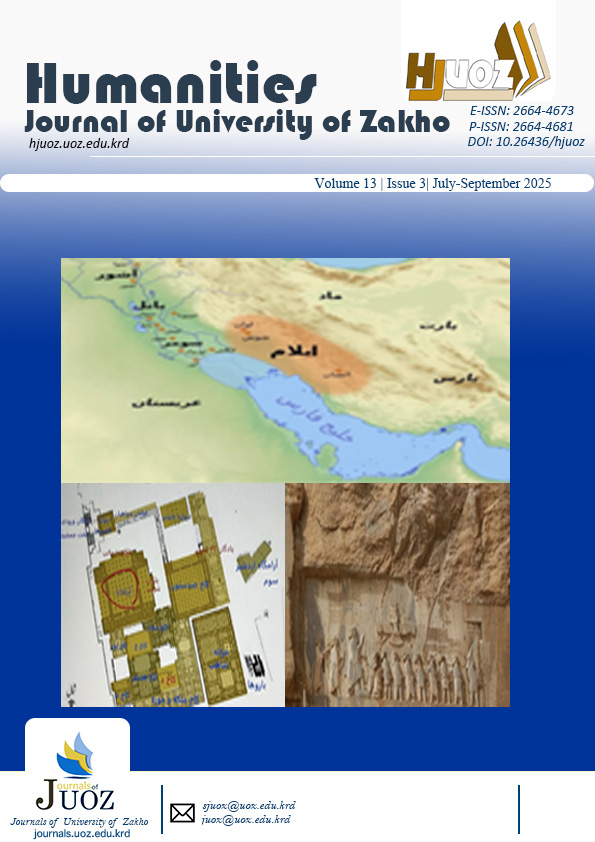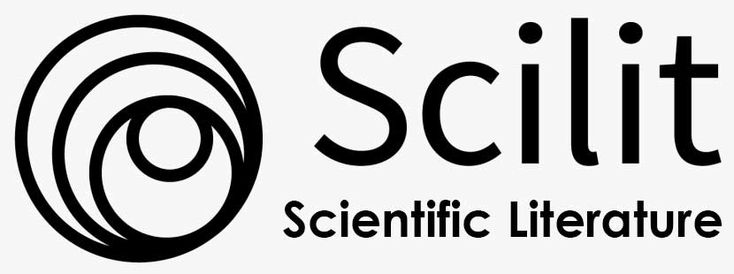POWER AND RESISTANCE IN TA-NEHISI COATES’S THE WATER DANCER AND KAWAI STRONG WASHBURN’S SHARKS IN THE TIME OF SAVIORS
DOI:
https://doi.org/10.26436/hjuoz.2025.13.3.1608Keywords:
Power, Resistance, symbolic power, Supernatural power of Healing, and Acts of Resistance,Abstract
This article is an attempt to studiously explore both power and resistance and their interactions and relations along with their impacts and functions in the selected novels; Ta-Nehisi Coates’s The Water Dancer (2019), and Kawai Strong Washburn’s Sharks in the Time of Saviors (2020). It aims to focus on the way of incorporating magical elements in the narratives to redefine power dynamics in various prospective and it serves to create a magical realism that shapes the new mechanism of resistance. Both power and resistance, in this article, are conceptualized to illustrate the existing power as well as reversed forces in the life of main characters in the novels. Besides, this article employs particular concepts such as knowledge, power, and discipline as defined and explained by Michel Foucault (1926–1984) which are relevant to power and resistance. In the narrative, Ta-Nehisi Coates represents Hiram’s, the protagonist of the story, ability of conduction as a supernatural power that is stimulated by the power of memory in the novel. Throughout the magical element, the author creates an alternative reality that memory and trauma used as a source for equality and liberation. Similarly, Washburn utilizes Nainoa’s, the protagonist, miraculous ability of healing as a reversed power in a nature of resistance against existed social forces in the text. Nainoa’s supernatural ability is deeply linked to Hawaiian mythology in which it serves as a metaphorical force for recovering cultural identity and opposing existed forces that marginalize indigenous Hawaiians. Finally, this article concludes that both novels serve the function of the use of magical power in the two powers in terms of power and resistance. The authors portray power through oppressive systems, by the magical elements, both offer alternative pathways toward self-liberation. It emphasizes on inseparableness of power and resistance, besides, it highlights that magical realism provides a powerful mechanism to reimagine reality encountering social justice and equality in contemporary literature.
Downloads
References
Barrow, L. J. (1999). Aumakua (guardian ancestors) in the context of contemporary hawaiian religious beliefs. Rapa Nui Journal: Journal of the Easter Island Foundation, 13(2), 49-56. Retrieved from https://kahualike.manoa.hawaii.edu/rnj/vol13/iss2/4
Coates, T.-N. (2019). The water dancer. New York: One World.
Foucault, M. (1978). The history of sexuality (Vol. I: An Introduction). (R. Hurley, Trans.) New York: Pantheon Books.
Foucault, M. (1977). Discipline and punish: The birth of the prison. (A. Sheridan, Trans.) New York: VINTAGE BOOKS.
Franklin, S. (2014). The power of healing. India: Heavenly Realm Publishing Company.
Johansson, S. V. (2013). “Everyday resistance”:Exploration of a Concept and Its Theories. Resistance Studies Magazine(1), 1-46.
Kerr, R., Robinson, S., & Śliwa, M. (2022). Organising populism: from symbolic power to symbolic violence. Human Relations, 77(1), 81-110. doi:10.1177/00187267221129181
Khan, H. (2023). Magical realism in indian literature. Tuijin Jishu/Journal of Propulsion Technology, 44(3), 1958-1961.
Mollett, J. A. (1965). The sugar plantation in hawaii:a study of changing patterns of management and labor organization . Hawaii : University of Hawaii.
Oprescu, F. (2018). Power and literature; strategies of subversiveness in the romanian novel. (M. O. Popescu, Trans.) Berlin: Walter de Gruyter GmbH.
Poorghorban, Y., & Ghaderi, A. (2022). Reframing the pillars of power: the incarnation of language and pleasure in margaret atwood’s the handmaid’s tale. IAFOR Journal of Literature & Librarianship, 11(1), 35-49. doi:https://doi.org/10.22492/ijl.11.1.03
Prasol, Y. (2023). Trauma and fairy tales in lonely castle in the mirror by mizuki tsujimura. IAFOR Journal of Literature & Librarianship, 12(1), 67-80. doi:https://doi.org/10.22492/ijl.12.1.05
Washburn, K. S. (2020). Sharks in the time of saviors. New York: MCD Picador .
Published
How to Cite
Issue
Section
License
Copyright (c) 2025 Khorsheed M. Rasheed , Ismael M. Fahmi , Chiad A. Abdulkarim

This work is licensed under a Creative Commons Attribution-NonCommercial-ShareAlike 4.0 International License.
Authors who publish with this journal agree to the following terms:
- Authors retain copyright and grant the journal right of first publication with the work simultaneously licensed under a Creative Commons Attribution License [CC BY-NC-SA 4.0] that allows others to share the work with an acknowledgment of the work's authorship and initial publication in this journal.
- Authors are able to enter into separate, additional contractual arrangements for the non-exclusive distribution of the journal's published version of the work, with an acknowledgment of its initial publication in this journal.
- Authors are permitted and encouraged to post their work online.

















